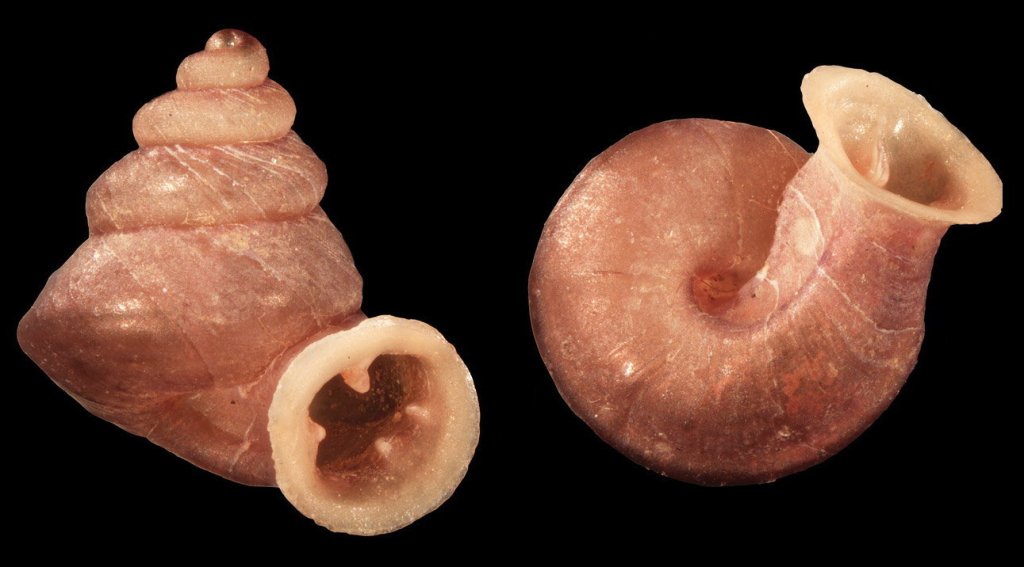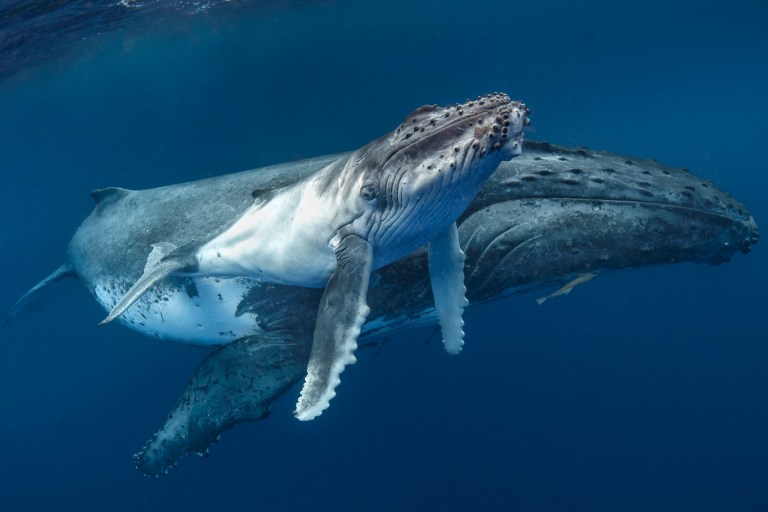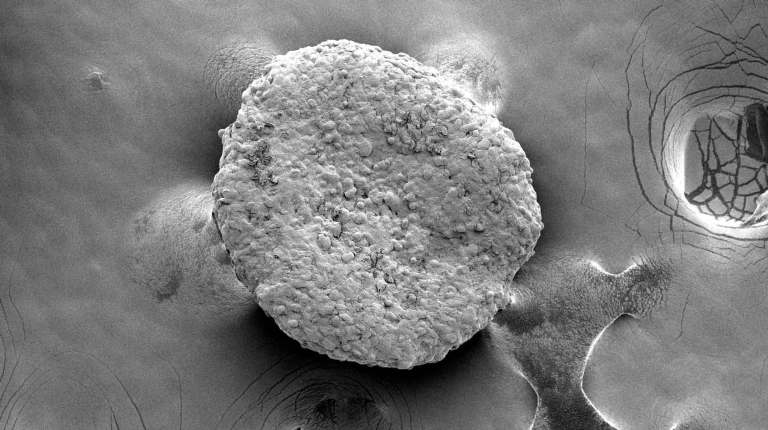This article was originally written by Stephen Beech for SWNS — the U.K.’s largest independent news agency, providing globally relevant original, verified, and engaging content to the world’s leading media outlets.
In yet another example of nature serving as the world’s largest open-air art museum, a tiny new species of snail with an unusual shell has been named after the painter Pablo Picasso. The 3-millimeter creature (about half the size of a medium grain of rice) was discovered by an international team exploring snail diversity in Southeast Asia.
Belonging to the genus Anauchen, the A. picasso snail has rectangularly angled whorls, making it look “like a cubist interpretation” of its relatives with more typical, rounded shell shapes, per the scientists. They described it in a study published April 23, along with 45 other previously unknown species of microsnails found in Cambodia, Myanmar, Laos, Thailand, and Vietnam.

The researchers called the new species “real beauties” in a news release, adding: “Their shells exhibit extraordinarily complexity. For example, the aperture — the ‘opening’ of the shell — is armed with numerous tooth-like barriers, which are most probably useful against predators.”
They continued: “Furthermore, several of the new species have an aperture that turns upward or downward, which means that some species carry their shells upside-down.” The apertural barriers and the orientation of the last whorl on the shell were among the primary characters that helped the researchers tell different snails apart.
And the Picasso snail isn’t the only newly described species to boast a familiar name. Another teeny species found in Myanmar was dubbed Bensonella dracula (or B. dracula) because it has two strong palatal tubercles, raised features within the aperture, that “resemble teeth of a vampire,” per the study.

Bensonella dracula
While many of the new species were collected recently, several were found in the collection of the Florida Museum of Natural History, which was put together in the 1980s.
“It is likely — and in some cases, certain — that the locations where these snails were found have already been destroyed by deforestation and limestone quarrying, which are the major threats to locally endemic land snails in Southeast Asia,” the authors noted in the news release.












